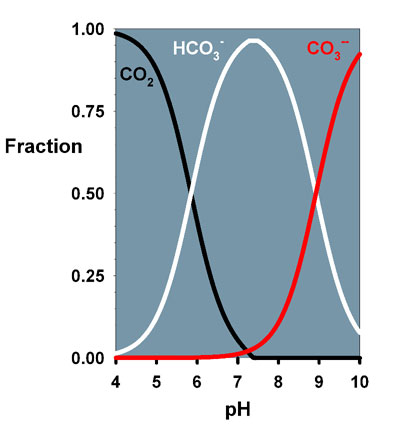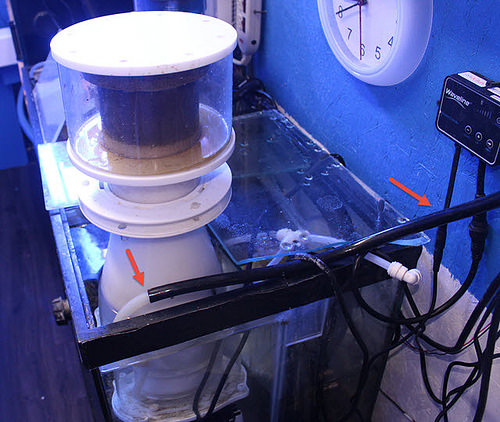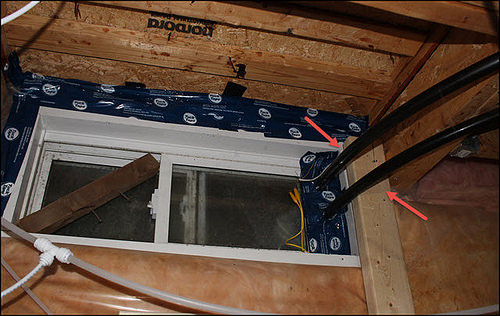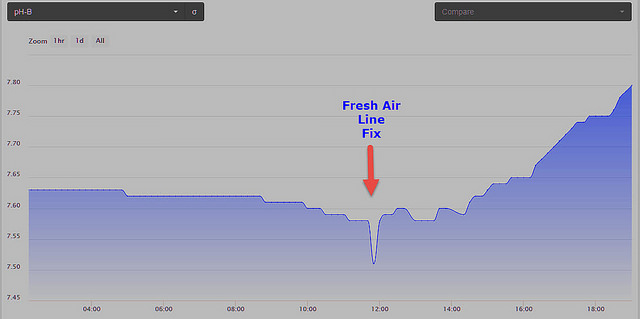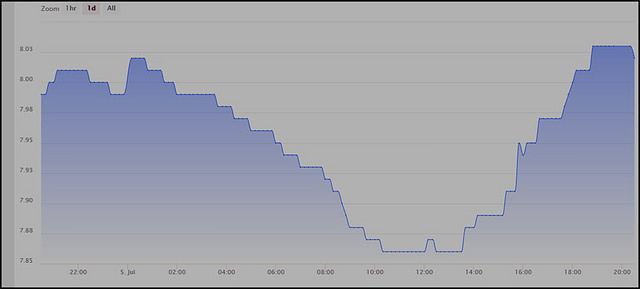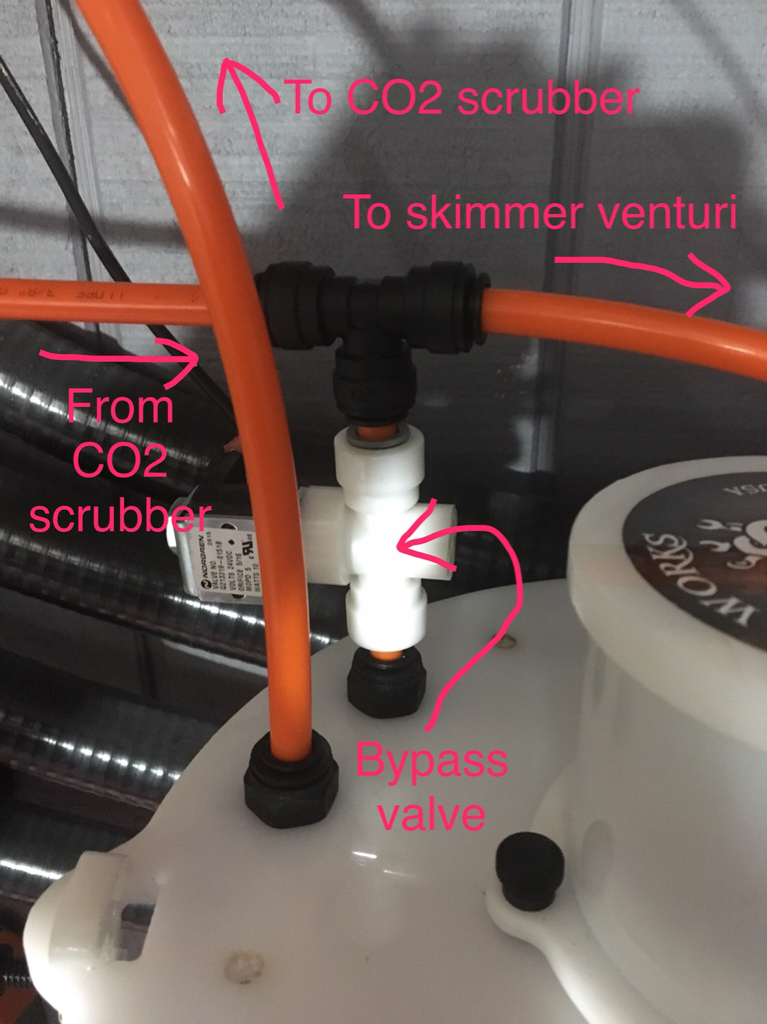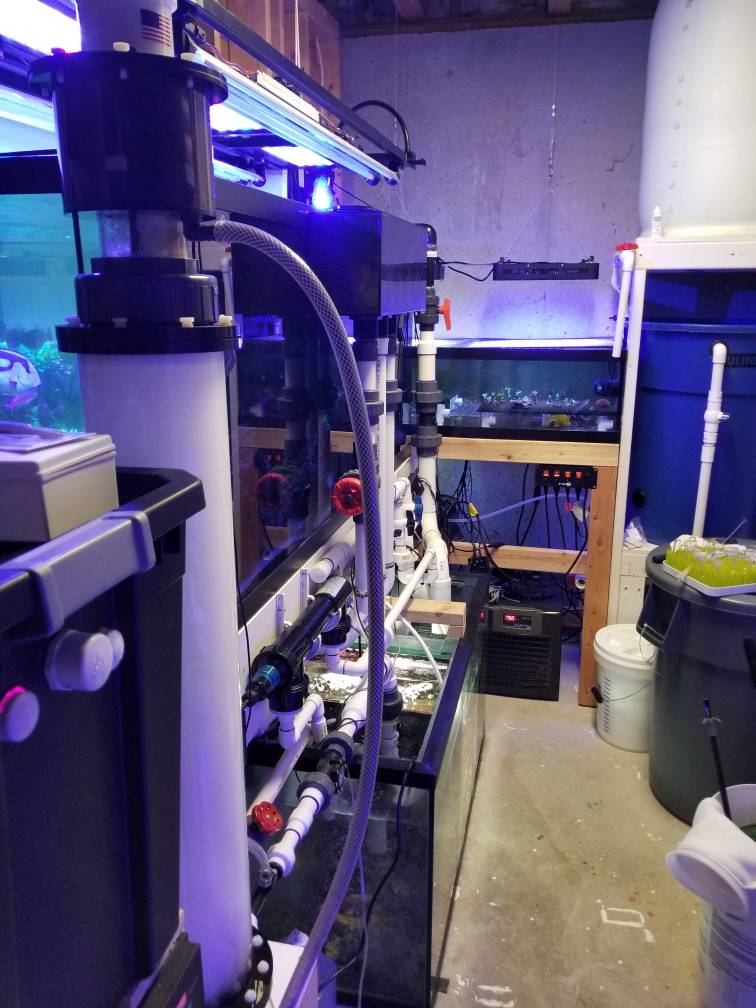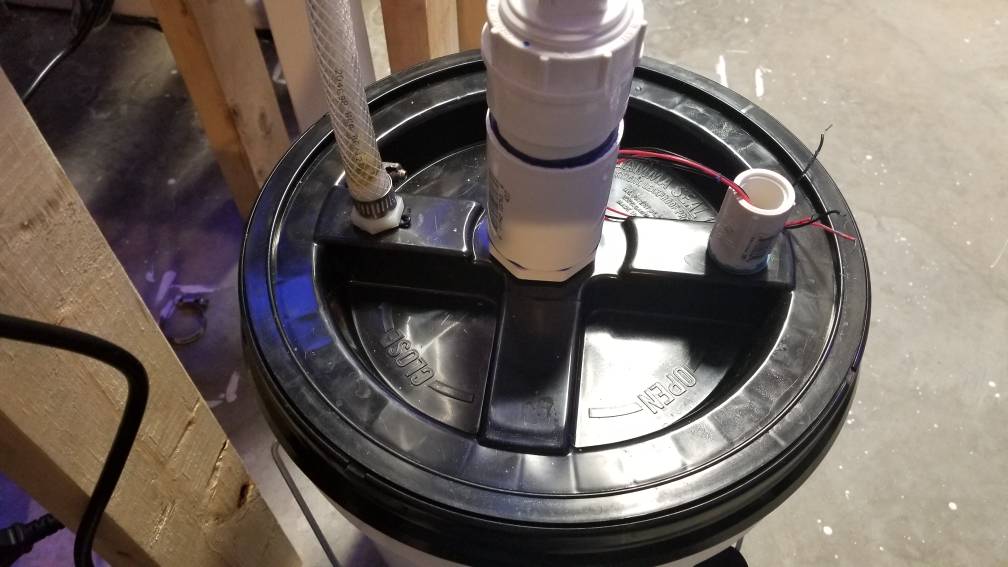Is this typical of your pH levels?

7.97 isn't a problem in itself.
Revelle & Fairbridge reported pH levels of 9.4 on isolated coral reef pools during the heat of the day & falling to 7.4 at night.
A recent study at Heron Island (GBR) found that pH generally falls below 8.0 soon after midnight.
7.97 isn't a problem in itself.
Revelle & Fairbridge reported pH levels of 9.4 on isolated coral reef pools during the heat of the day & falling to 7.4 at night.
A recent study at Heron Island (GBR) found that pH generally falls below 8.0 soon after midnight.






